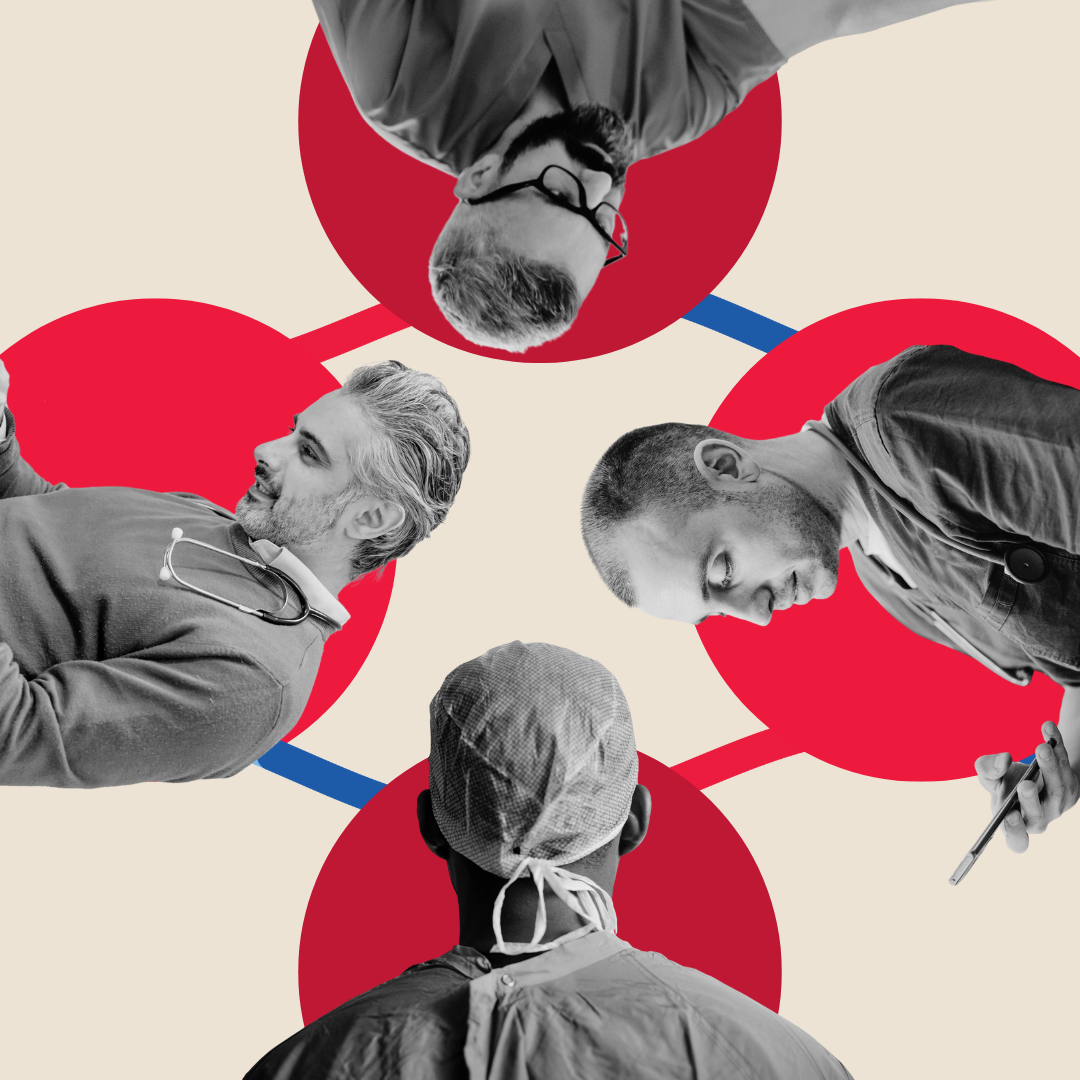The data are in: Accountable Care Organizations (ACOs) that joint the Medicare Shared Savings Program reduce Medicare spending. About $144 less per Medicare beneficiary, in fact. Which makes sense: the MSSP was designed to provide ACOs financial incentives to lower spending and improve quality. Interestingly, when the Medicare claims data for 2009 through 2013 were adjusted and then compared according to organizational structure, savings were found to be greater in independent primary care groups than in hospital-integrated groups.
What’s behind the gains in quality and lower costs achieved by these physician ACOs? Here are 4 lessons hospital ACOs may be able to take away from their successes.
1. Be flexible
Free of contracts with particular hospitals, physician practices are able to form their own networks, allocating resources where they’re required and forming teams around the needs of services. Within hospitals, this can mean using non-physicians to do work that enhances communication and the patient experience, while alleviating burdens from physicians. For example, nurses can be used to lead patient-education teams, to ease transitions between acute and post-acute care, or to help empower patients to better self-manage their care after discharge in order to prevent unnecessary readmissions. Nurses can also be tasked with follow-up contact with patients — particularly those flagged as high-risk by physicians — to ensure the care plan is working, or to direct patients to their primary care physicians for changes. Physician assistants or advanced practice nurses can aid in patient supervision and care during admission, involving a physician only as necessary.
Alternately, generalist physicians can be used to free up specialists. For example, using hospitalists throughout inpatient departments has been shown to more than pay for itself by improving outcomes, reducing length of stay and enhancing hospital efficiency. They can see more patients and be more thorough when supported by the services of medical scribes, who can ensure documentation is complete for both specialists within the hospital and primary care providers who will be responsible for post-acute care. Scribes can also be tasked with delivering messages, providing reminders to physicians, collecting reports from diagnostics and tracking time spent on tasks. Nurse educators can go into detail on information provided from physician to patient, alleviating a further burden on time when more patients are waiting to be seen.
Using a team-based approach where the appropriate skill levels are matched with the specific needs of each patient makes services more flexible.
2. Connect with patients
The next wave of accountable care — informally dubbed ACO 2.0 — will require tighter bonds among hospitals, physician groups and post-acute providers. However, to keep patients out of preventable inpatient care (and make the most of ACO model incentives), tighter bonds with patients will also be required. Patients who are engaged in their own care have better outcomes and lower use of higher-cost care.
It’s therefore important to focus on actively connecting with patients, so that they feel listened to, valued and involved in their care.
Use motivational interviewing (e.g., “How do you feel the management regimen is working?” rather than yes/no questions like “Does it work?”), listen attentively to patients’ responses, and answer their questions honestly. In order to allow physicians and other clinical professionals to keep the lines of communication flowing, use medical scribes to enter the necessary notes into the medical record, thoroughly and in real time, during the patient contact. This will free physicians to listen attentively and make a more informed decision about care. And don’t make the mistake of assuming that staff who have contact with patients will simply intuit how best to communicate — provide formal training in proven techniques.
Communication is a skill and must be practiced until it becomes easy, like starting an IV. Done well, it will reduce errors, increase patient safety and help ACOs meet their goals.
3. Open access to care
Gaps in care are a hot topic, and although much of the responsibility for bringing patients into the healthcare system falls on primary care physicians, hospitals should also be looking at how to open access to care. Starting with data analytics, hospitals and their networks can determine where the greatest healthcare needs are in their communities. The resulting data should be used to highlight which providers and services need to be targeted to ensure needed care is open to all, and what kinds of steps are needed to change service provision to meet patients’ needs (e.g., making the health record more portable, having a secure online portal, expanding the use of telemedicine and other virtual communication).
4. Focus on smoothing transitions
Building a bridge between acute treatment and post-acute care relies on a thorough patient record, fully communicated and easily accessible. Smoothing transitions between care settings, services and provider types starts with the accurate, thorough documentation produced by medical scribes, to help post-acute and community-based providers gain a clear understanding of the historical and current status of the patient. Being able to access a detailed picture of the acute encounter saves time and allows post-acute providers deliver better-tailored treatment to the patient, without wasting time on trial and error. Furthermore, using scribes in the outpatient setting can improve quality of care by yielding more-efficient patient visits, improved patient satisfaction, higher-quality patient interaction and lower costs.




